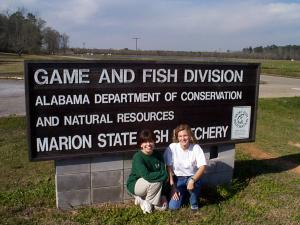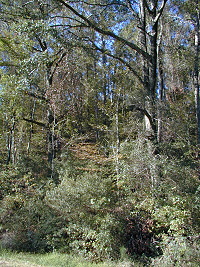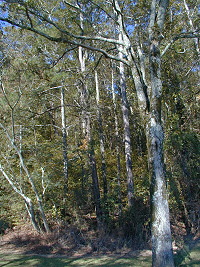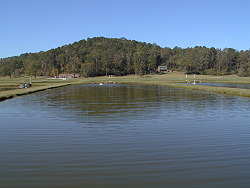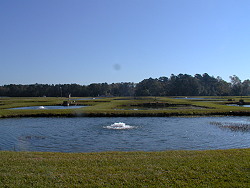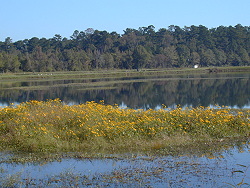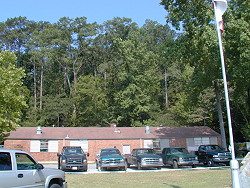 |
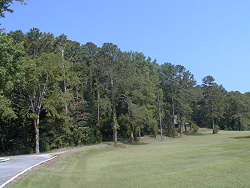 |
| |
|
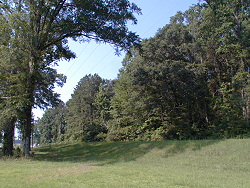 |
 |
| |
|
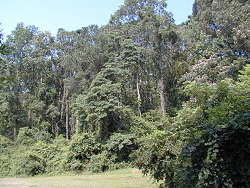 |
 |
| |
|
| The Hatchery environment contains
mature hardwoods and giant native loblolly pines along with many other
interesting trees. The understory has woodland plants that are not commonly
seen in cutover areas. |
| |
|
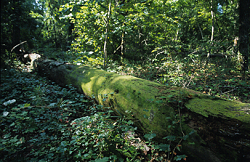
The mature forest canopy creates a
complete ecosystem. The rich organic matter of the forest floor provides a
place for unusual and brightly collored fungi and parasitic plants. The carbon
cycle is well demonstrated by the events taken place on this rotten
log.
|
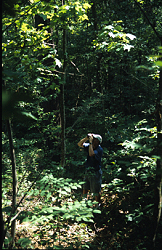
The view of the floodplain
hardwood forest is exceptional on the small "mountain" above the Hatchery
Office. |
| |
|
| |
|
 |
Birding is exceptional in the area because of
the hatchery ponds, the oxbow swamps and the mature tree canopy. A pair of
eagles nested in 2005 in the tall pines beside the hatchery
ponds.
An official bird list of 206 species from this area
reflects the quality of the woods for the sport of birding. A 100 ft tall
birding tower opened in February, 2006.
The Park's well-designed
system of trails and the riverene environment of the Cahaba River add access
and diversity to the ecosystem. |
| |
|
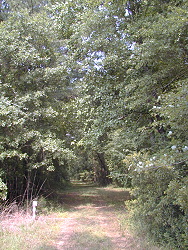 |
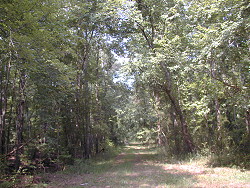 |
| |
|
| The many open areas within the
forest environment along with the adjacent farm land create a vigorous wildlife
habitat for deer and other forest animals. Deer hunters maintain large food
plots along the forest edge of the property. Several miles of wide fire lanes
and a gravel road wind through out the Park and property. Recent hurricanes and
several tornadoes have felled many large trees and further opend the canopy for
wildlife. |
| |
|
 |
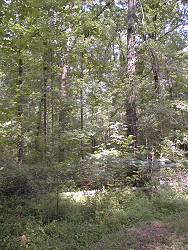 |
| |
| It is critical that this mature tree
canopy receive legal protection that would prevent any harvesting of timber or
alteration of the forests. A type of protection that would shelter it as a type
of wilderness where trees are allowed to mature, die, and fall to the earth. A
type of protection that would prevent the logging or collecting of trees blown
to the ground by storms. |
| |
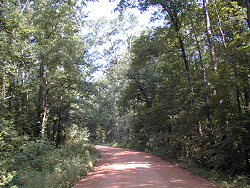 |
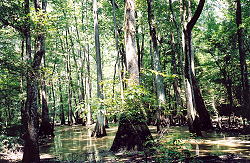 |
| |
|
This ecosystem is a precious
part of our natural heritage and it must be respected as a museum of nature...a
place to learn, admire, and a place to be part of the world of trees, birds,
and other creatures of the wild.
The wonderful woods and flora of the
Hatchry Woods, Perry Lakes Park and Barton's Beach Preserve can be seen on
their web sites:
http://www.perrylakes.org/
http://www.perrylakes.org/bartonsbeach/bartonsbeach.html |
| |
|
